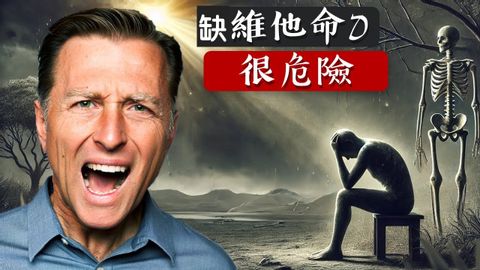超級訪談】維生素D超過您想像!身體正渴求維生素D!!!D3毒性與高血鈣,柏格醫生 Dr Berg (【超級訪談】維生素D超過您想像!身體正渴求維生素D!!D3毒性與高血鈣,柏格醫生 Dr Berg)
陳Nichole が 2024 年 09 月 30 日 に投稿  この条件に一致する単語はありません
この条件に一致する単語はありませんUS /ɪnˈkrɛdəbəl/
・
UK /ɪnˈkredəbl/
- adj.信じられない;すばらしい;信じられない;信じられない
US /mɪˈtæbəˌlɪzəm/
・
UK /məˈtæbəlɪzəm/
エネルギーを使用
すべての単語を解除
発音・解説・フィルター機能を解除
